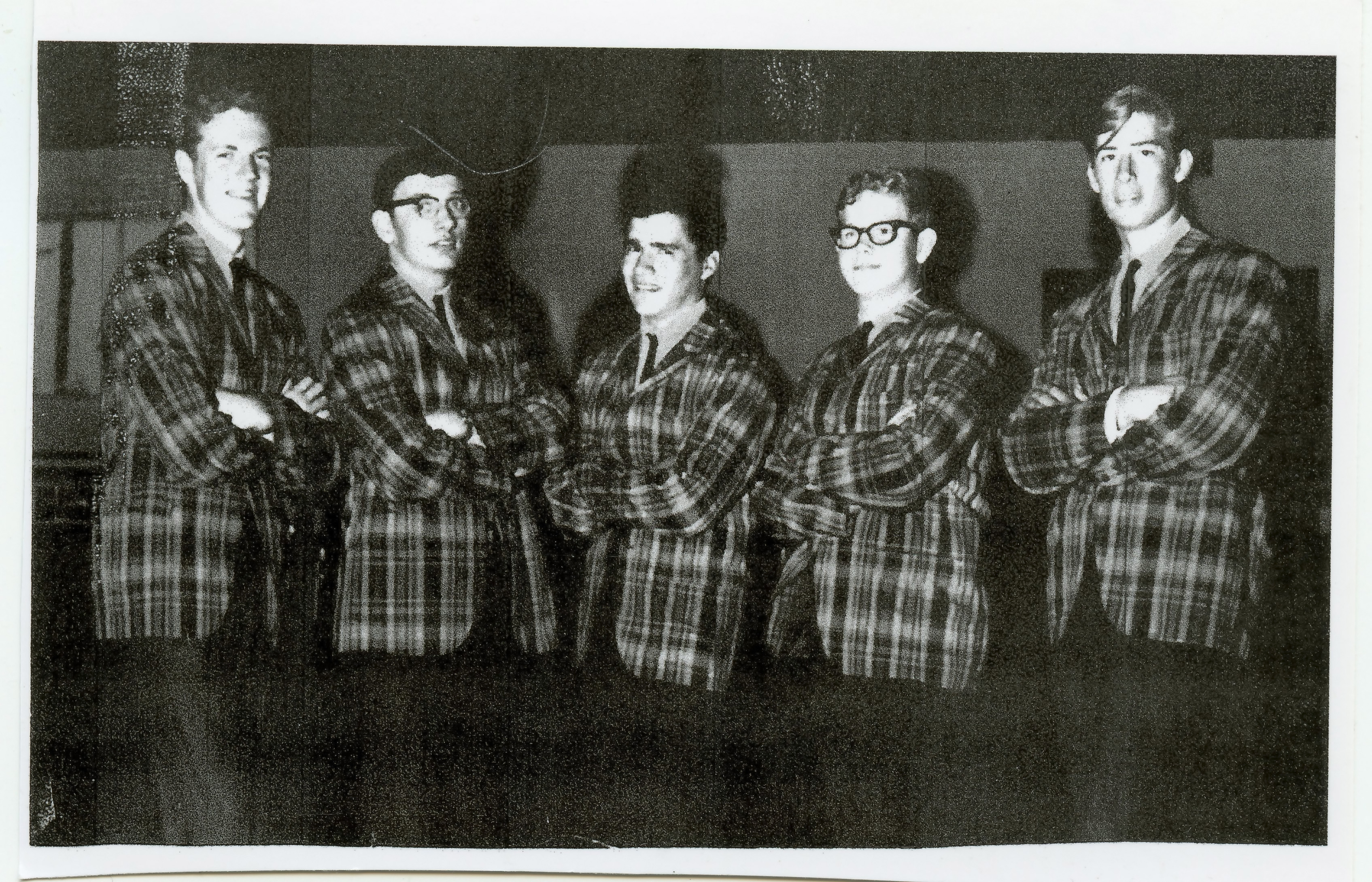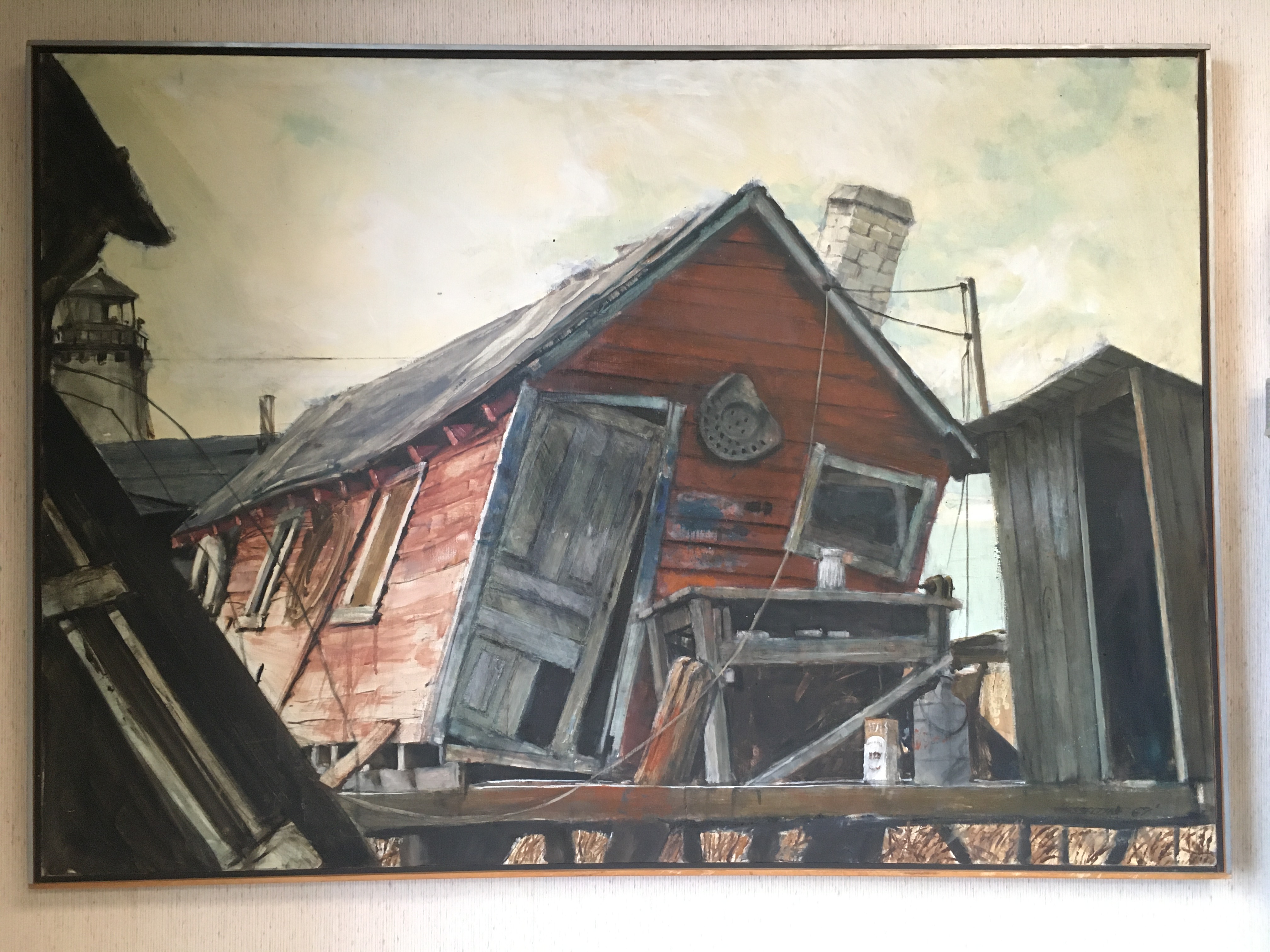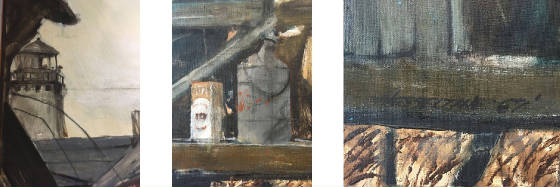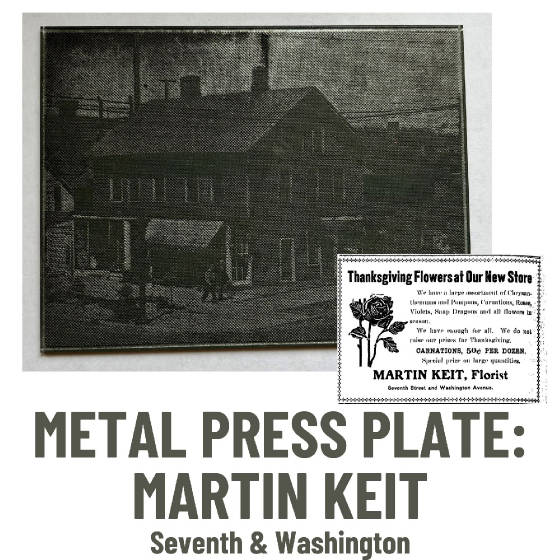|
|
Thursday, February 22, 2024
Bay City’s “Lost Bands”
By Gary Johnson The emergence of The Beatles and the other British Invasion
bands prompted the formation of countless young bands in Bay City and in other communities all across the state. Band Canyon
and the other teen clubs that sprouted up in Michigan around the same time provided an opportunity for these fledgling groups
to play in front of large gatherings of their peers. Forming a band and then keeping it together were two entirely
different chores, however, and many of these young bands faded away almost as quickly as they had come together. The reasons
were varied. They included lack of musical ability, getting drafted, going away to college, having a full-time job, girlfriend/boyfriend
relationship issues, lack of money, an unexpected pregnancy, an unwillingness to fully commit to the band lifestyle, or the
often-cited musical differences. A few of the teen bands that played at Band Canyon recorded singles before they broke
up. These were usually released on small, local, independent labels in the hope of garnering some radio airplay on AM radio
stations in the Tri-City area or to sell at their gigs. Most did not leave audio records of their existence and became
one of the countless "lost bands" of the 1960s, living on in old photos, faded clippings, and in the memories of
those who saw them play. The Vibrations  Image: Vibrations, provided by Gary Johnson Image: Vibrations, provided by Gary Johnson
The Vibrations had the distinction of being the first Bay City band to play
at Band Canyon in the summer of 1965. Based on their local reputation, which included a number of gigs at Daniel’s Den
in Saginaw, the band was hired to back national recording star Freddy Cannon during his performances during Band Canyon’s
grand opening weekend on July 2nd and 3rd. The band had recently changed its name from The Counterpoints
to The Vibrations, and had performed for the first time under their new moniker at a Memorial Day dance at the Caseville Roller
Rink with another area band called ? and the Mysterians. Cannon had first gained fame in 1959 with his Top Ten hit
“Tallahassee Lassie” on Swan Records. Dick Clark, who was part-owner of the Philadelphia label, promoted the song
heavily on American Bandstand and brought Cannon to Detroit for the first time later that summer as one of the artists
performing on Dick Clark’s Caravan of Stars at the Michigan State Fair. Freddy Cannon’s
appearances at Band Canyon in 1965 were timely. Now signed to Warner Bros. Records, his latest single, “Action”,
was the theme song for Dick Clark’s new music-based TV show Where The Action Is. The program had debuted on
the ABC network on June 27th at 4:30 on weekday afternoons, and its popularity would help drive “Action”
to # 13 on the Hot 100 later that summer. Although it sounded like a dream gig for The Vibrations, drummer
Bruce Sherbeck recalled in a recent interview that the experience of playing behind Cannon was not that enjoyable. Read
the rest of the story about Bay City’s Lost Bands: The Vibrations, The Intruders, The Mustangs, and The Trespassers
by visiting the MICHIGAN ROCK AND ROLL LEGENDS.
1:03 pm est
Friday, February 9, 2024
DRAWING ON THE PAST: A "SKETCH" OF DOUGLAS HESSELTINE

By David K. Hohenstein Douglas Harry Hesseltine was
born in Flint in 1943 to parents Harry and Hilda Hesseltine. He was the second of five children. While he was still a young
child, his family embarked on a voyage, sailing from the Great Lakes to Florida and living in a boat for almost three years.
In 1948, the family returned to Michigan and settled in Bay City. They lived out of the boat while they built their house.
Young Douglas grew up in Bay City and attended Handy High School. During that time, he met Patricia Baumgarten who attended
Central High School. They married in 1961, the same year he graduated from high school. The couple had three children together. Patricia and Douglas both went on to study Art and graduated from the University
of Michigan in Ann Arbor. Patricia became a social worker with a lifelong appreciation and love for art, while Douglas joined
the faculty at the University of Michigan. He was an artist, designer and teacher in a nearly forty-year career. Beginning
as an assistant professor, he grew into the University’s Director of Design. He created at least two distinct programs
in which professional designers, students, local non-profit groups, and businesses could collaborate and learn from one another.
He was an advocate for design, creativity, and education. His
obituary and those in his family relay their shared love for travel and the outdoors. He seems to have had a great influence
on the many students he taught and lives he touched throughout his active career. In 2012, he passed away after battling with
Parkinson’s disease for nearly a decade. 
This painting, signed by Hesseltine and dated 1967, is part
of the museum’s collection. It depicts a dilapidated shack set among grass and reeds with the tower of a lighthouse
in the upper-left corner. Douglas was twenty-four years old when he painted it, showing a high degree of skill as a painter
at a fairly young age. The scale of the work is impressive, at five feet across. The artist allowed his paint to speak. To
run, to blend and break and to tell a certain truth about what he was depicting; a roughhewn, blown over, rugged and almost
forgotten place. Rusty reds and browns, faded gray and shadowy black all might suggest that time has worn and emptied this
place, but he wants us to see it before it is gone.
Sources:
Douglas Hesseltine Obituary, Bay City Times. October 18th, 2015. Hilda
Hesseltine Obituary, Bay City Times. January 2nd, 2017.
Patricia Doreen
Hesseltine Obituary, Legacy.com Bay City Times. December 18th-19th, 2022. Lai,
Theresa. “Art Class Aids Non-Profit Groups” The Michigan Daily. Thursday, March 10th. 1988.
Schonholz, Stephanie. “Art School helps business market.” The Michigan Daily.
Thursday, February 1st, 2001.
Thursday, February 1, 2024
MEMORY KEEPER: STORIES WITHIN The COLLECTION

Metal Press Plate: The
image is of the former Martin Keit building on Seventh and Washington, Bay City. According to the Bay
City Times, the building was razed on July 23, 1935. In
1856, Frederick Keit came to Bay City from Germany at the age of 20 years old. He and his wife Margaret
“Maggie” raised their family in the area. At the turn of the 20th century, the Keit
family purchased land for a greenhouse on Euclid and several years later opened a flower shop. Frederick’s
son Martin grew up learning the gardening trade. He died in 1954, and his obituary contained hints of the
changing times: “For 20 years, Mr. Keit delivered celery and other produce to Saginaw stores and markets with a horse
and wagon. Later, he bought the first new truck in Bay City for carrying produce.” Martin
Keit operated a florist business out of the building shown on the metal press plate. The image appeared
in a Bay City Times article “Old Landmark Razed” that ran on July 23, 1935. It claimed
that Martin Keit was the former occupant of the building and that he had moved his business to 609 Washington.
The image of the Keit building is on a metal press plate, which is part of
a collection donated to the Museum by the Bay City Times. According to the Chicago Tribune Store,
press plates were instrumental in the mass production of newspapers. They were made from metal, plastic,
rubber, or paper. The metal plates were heavy, durable, and created a clear picture. The
front of the plate with the image is rough to the touch. It consists of tiny bumps which are created during
the photochemical process called prepress. The plate is attached to a cylinder on the printer press, and
the image is transferred first to an intermediary cylinder and then to paper using ink and water. The
process allowed for easy duplication of the picture. Sources:
Bay City Michigan Map, 1890
Bay City Times (published
as The Bay City Times Extra), “Martin Keit, 81, Florist, Passes,” March 31, 1954: 11
Bay City Times (Bay City, Michigan), November 25, 1915: 4
Bay City Times (Bay City,
Michigan). ”Old Landmark Razed,” July 23, 1935: 3 Bear, Jacci Howard. ThoughtCo., “The Role Printing Plates Play in the Printing Process” March
7, 2020. Found: https://www.thoughtco.com/printing-plates-information-1073825#:~:text=One%20plate%20is%20made%20for,imaged%20areas%20of%20the%20plate. Chicago Tribune Store. “Press Plates.” Found: https://store.chicagotribune.com/dept/press-plates?cp=102132_102448_103001
|
|
|
Sign-up for the Museum's Enews! A biweekly newsletter and upcoming event notices will be sent directly to your email. Bay County Historical Society Museum
321
Washington Avenue
Bay City, MI 48708 989-893-5733
|
|

 Image: Vibrations, provided by Gary Johnson
Image: Vibrations, provided by Gary Johnson




